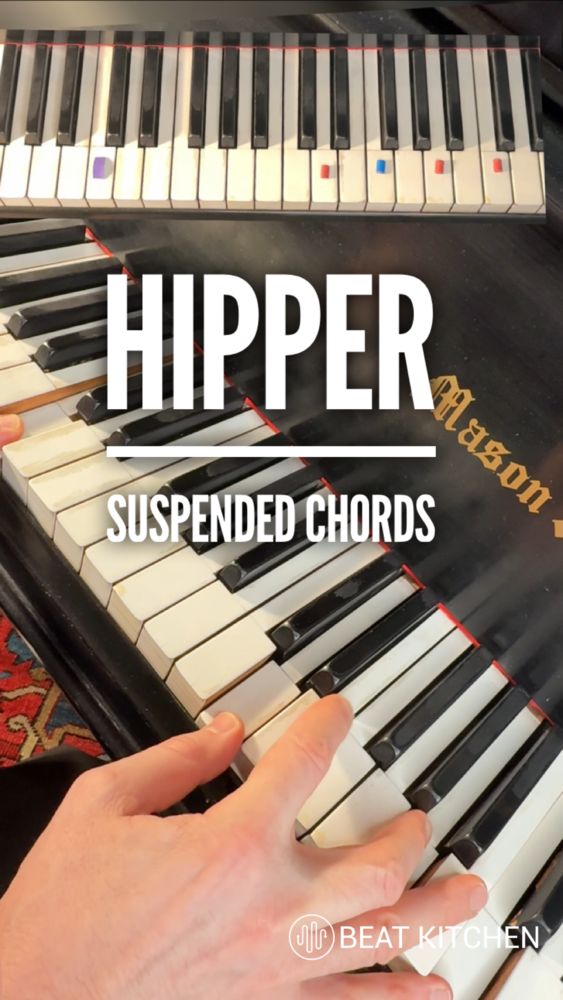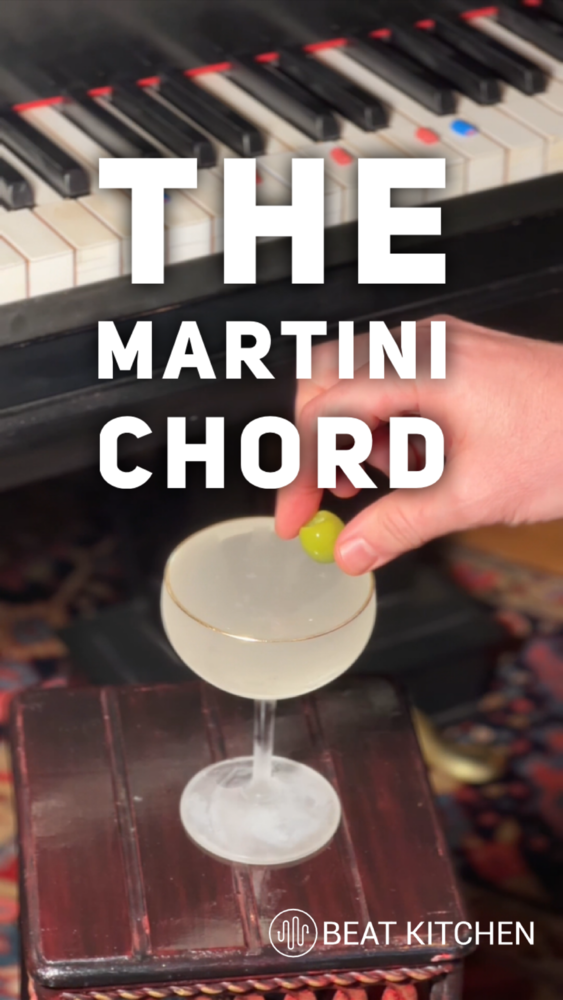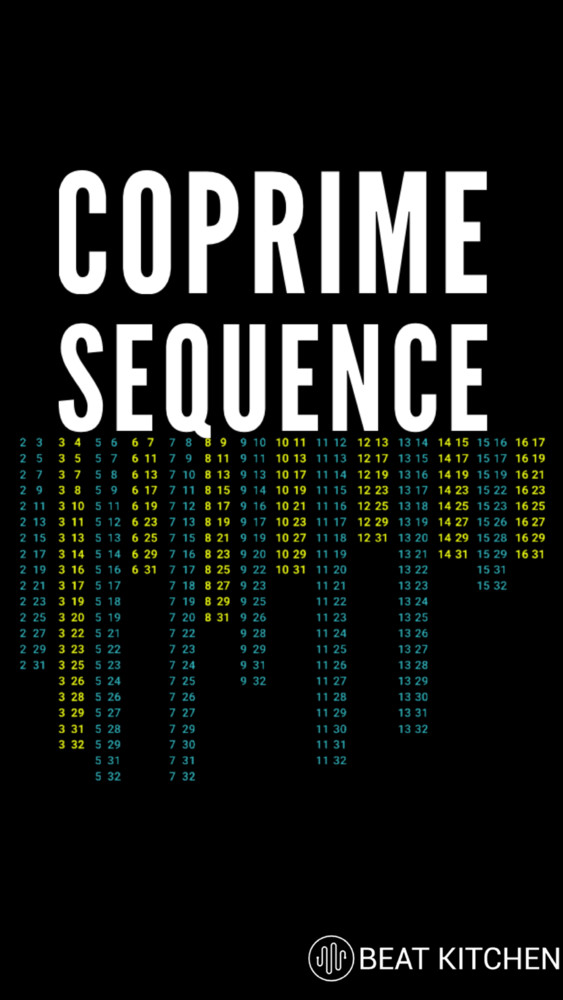
Make Your Own Rules: music theory
Music has rules, but the thing is, you get to write them yourself.
Welcome to our comprehensive library of music production articles. From music theory foundations and advanced production methodologies to audio engineering concepts, creative tips, and industry insights—discover the wide range of knowledge that fuels great music production.
Showing 12 of 528 articles (Page 3 of 44)

Music has rules, but the thing is, you get to write them yourself.

I think I know a lot about music and I consider myself a pretty decent engineer and producer.

Here’s a C suspended chord, but let’s see if we can’t get you playing some hipper ones, like a D minor over a C or a D minor 7 over a C.

There’s one thing we all have in common and that’s water.

This chord progression is so useful, it basically has a name.

The seventh is the top note of your chord before it reaches the octave.

This morning in the region we looked at Stevie Wonder "Isn’t She Lovely?" There’s a lot this song can teach us, but we have time to talk about the …

We’ll talk about these chords another day, because right now there are two things you need to understand about working with audio and working with …

Diffusion and density.

Co-prime sequences are a backbone for evolving variations in pattern-based music.

Can you have your cake and eat it too?

The next time anyone asks you if you believe in magic, consider this.